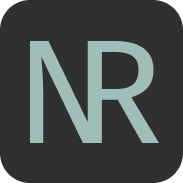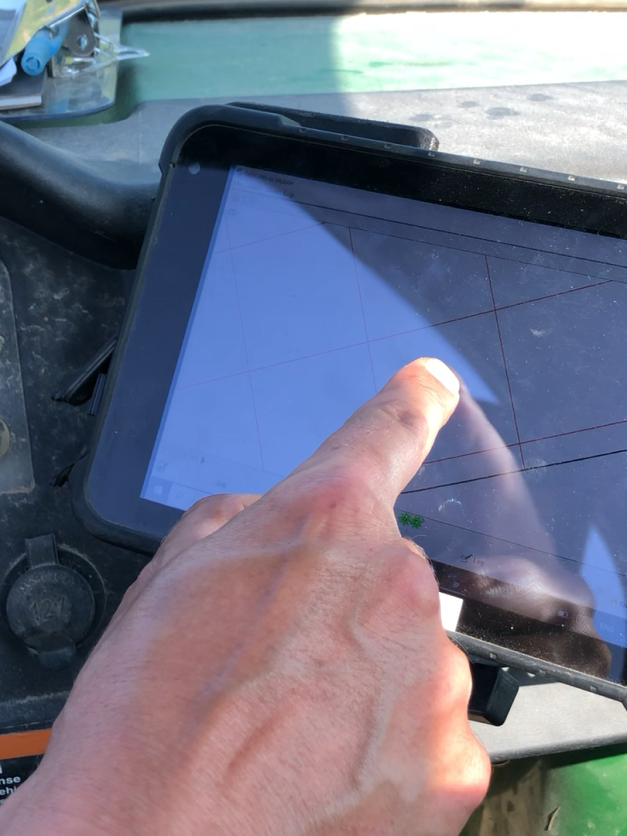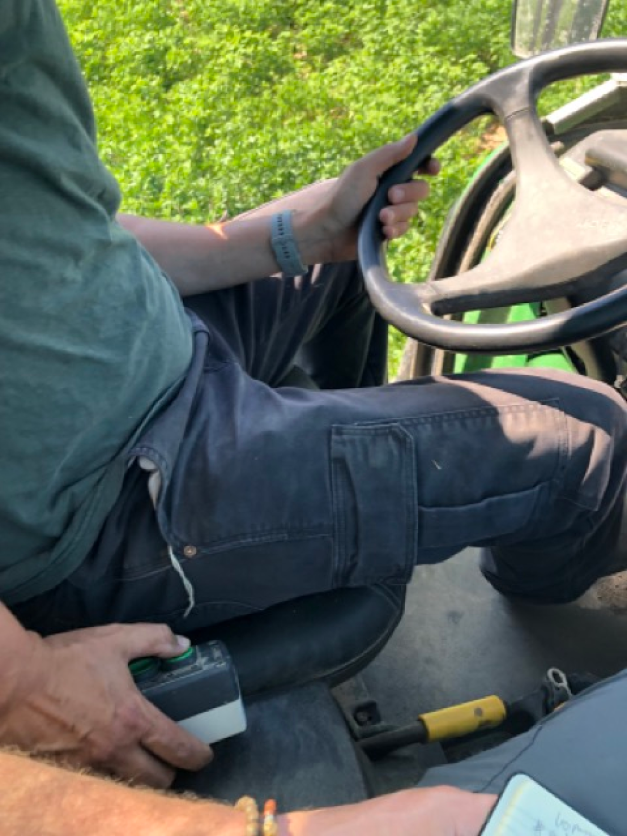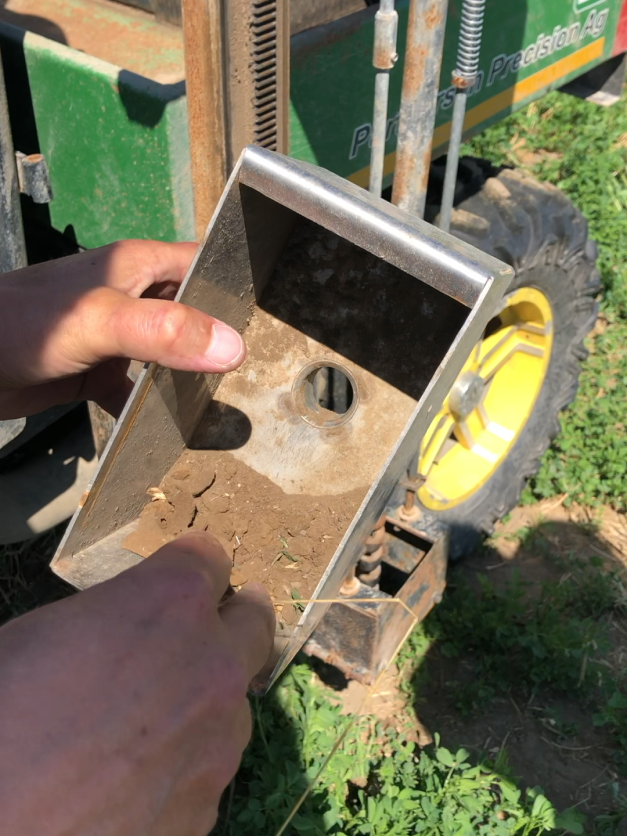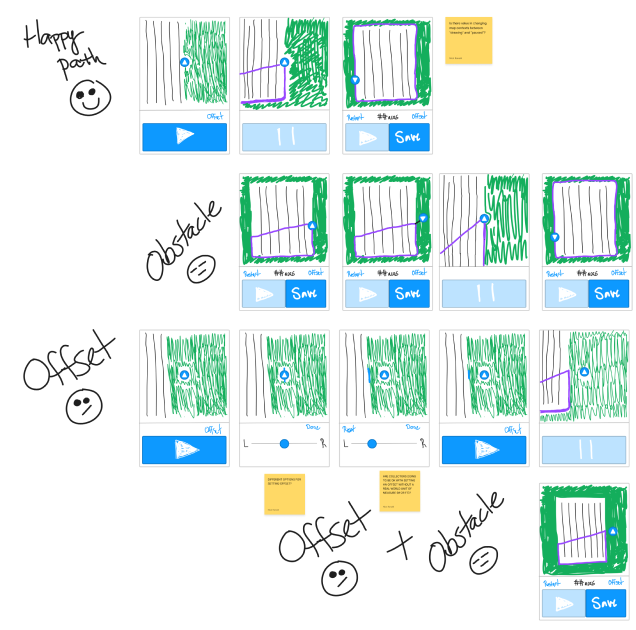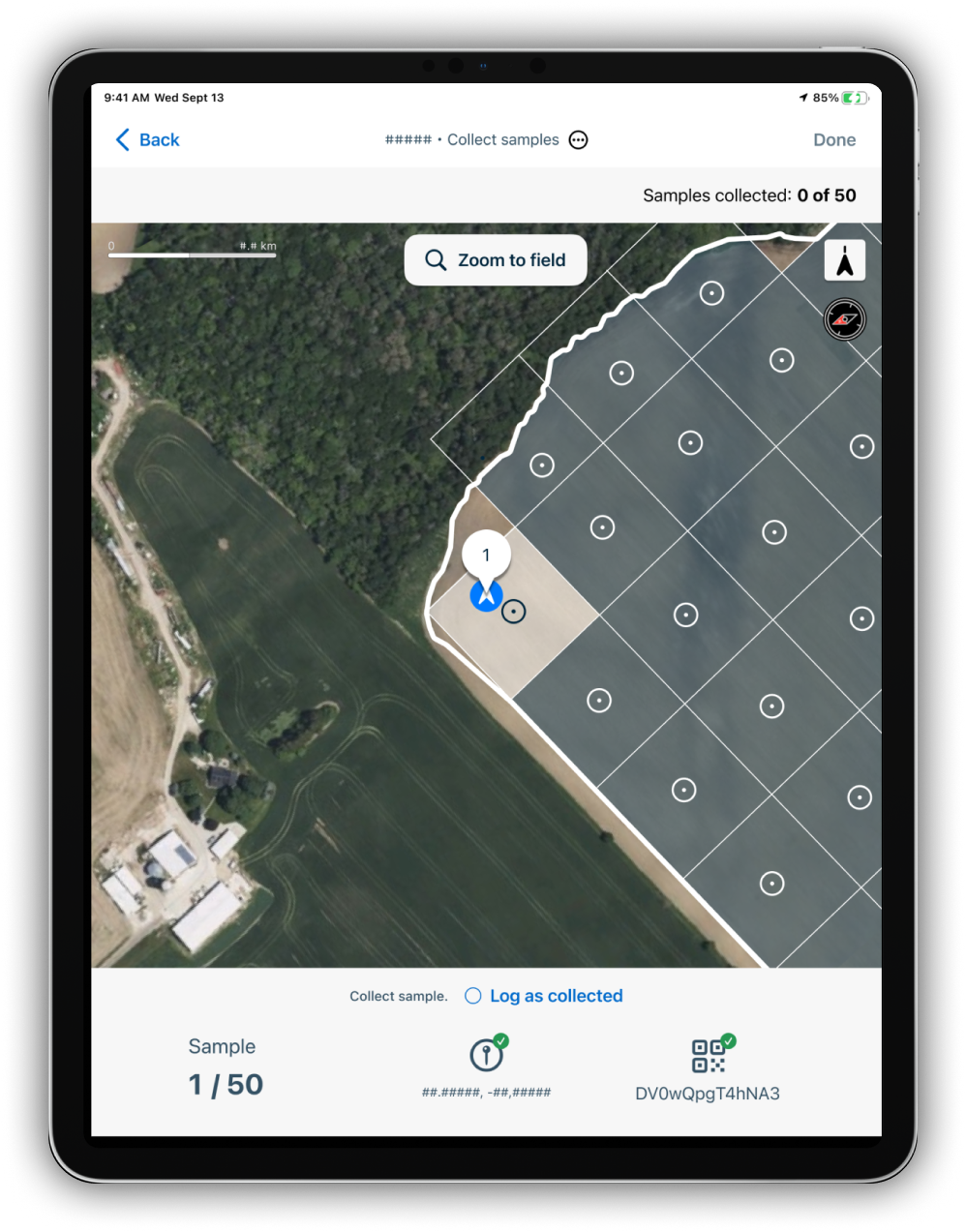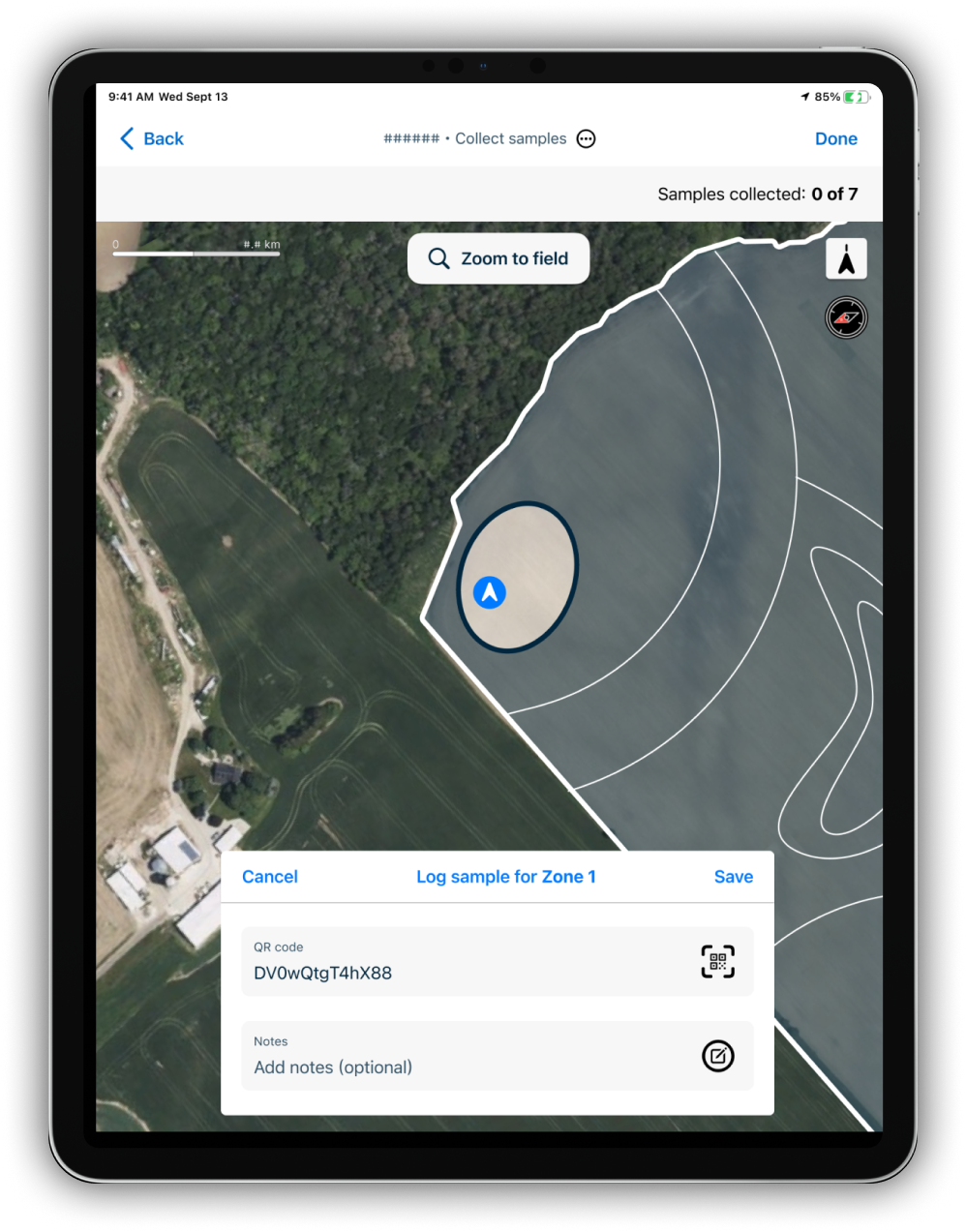Streamlining Agriculture Data Collection
Improving and adding value to the in-field, agricultural data collection experience.

Summary
An agriculture technology company faced data integrity and efficiency challenges with data collection operations as data collection teams were burdened by unusable and disjointed software. Our team’s main goal was to design a native iOS tablet app to simplify fertility soil sampling procedures for technicians collecting data.
My approach involved a discovery-focused Sprint 0, defining and designing UX requirements, testing Figma prototypes, and building the product backlog. The result was a minimum viable product (MVP) app and a broader vision for supporting more data collection types and delivering more value to data collection teams.
Context
The Problem
Agriculture data collection teams relied on multiple unusable apps that did not integrate with other systems essential to operations. This was a problem for the business because disparate systems led to data integrity challenges and slowed delivery of results to customers (e.g., farmers), among other reasons. This was a problem for data collectors because the software they used added difficulty to an already physically demanding job and made them feel even more disconnected out in the field.
Target Audience
A diverse workforce of agricultural data collection technicians located across the US and Canada that are trained to collect various data types from farms, such as soil samples and drone imagery, to inform agronomic deliverables for customers.
Our Team
A product trio consisting of a product manager, an iOS app developer and a designer, and a floating user researcher. I was the lead product/UX designer. I also served as co-product owner and manager, and interim scrum leader.
Vision
Our vision was a new, native iOS tablet app that supports data collectors with multiple fertility soil sampling procedures and integrates with an existing operations platform. Additional ways to deliver value to data collectors out in the field were also explored.
Process
A human-centered, agile approach was used to inspire, define, and deliver a new app. I led discovery during a sprint 0 phase and continuously throughout the effort, and maintained product design 2-3 weeks ahead of development.
Discovery
I began with virtual stakeholder interviews, a heuristic evaluation of a legacy app, a competitive analysis, and a review of existing user research. To fill data gaps, I observed and conducted contextual inquiry of an in-field data collection, and led remote user interviews and a photo-based survey.
Throughout my process, I maintained continuous discovery habits by facilitating weekly touchpoints with collection team members through phone calls or testing sessions.
Insights were captured in problem statements, opportunity-solution maps, interview snapshots, experience and journey maps, report presentations, and timely Slack posts.
Design
I initiated design sprints by aligning the team on user journey and assumption maps, and virtual whiteboard sketches in Figjam.
In Figma, rapid iterations led to medium-high fidelity mockups and interactive prototypes for testing. Attitudinal and behavioral UX success metrics were documented with UX requirements for each flow.
Following design reviews and testing, I drafted epics with requirements and acceptance criteria for backlog grooming.
Testing
I continuously conducted a remote user testing protocol with data collectors, sometimes testing alternate designs in one session. These formative tests asked participants to follow the think-aloud protocol as they interacted with a Figma prototype on their iPad through Microsoft Teams. Qualitative data collected from participants informed design revisions.
Result
We created a MVP app that supports 2 different soil sampling procedures to test for soil fertility and integrates with the desired end-to-end operations platform.
For data collectors, it eliminates handwritten steps and reduces device needs while in the field. Positive testing feedback validated design decisions inspired by the company’s legacy app.
A broader vision was also defined through a high-fidelity, future-state mockup with propositions to support other data collection types, streamline planning and administrative responsibilities, and deliver more value to data collection teams.
Lessons Learned
Conducting user research with internal, mission-critical staff requires diplomacy, some education, and flexibility.
Build in more time to address technology-based assumptions with developers earlier to save headaches later.
Consumer GPS technology isn’t as accurate in real life as it appears in on TV.
Want to learn more?
